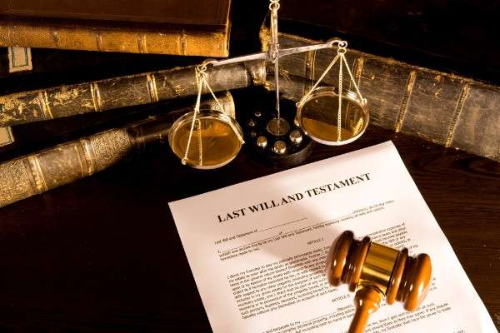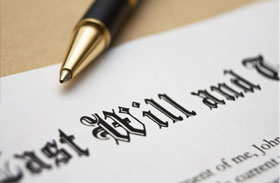Probate Assets vs Non-Probate Assets
Download Our Free Estate Planning Guide- Probate assets are those held in the name of the decedent when he dies, and must be dealt with through the court via a fiduciary executor administrator.
- A non-probate asset, such as a joint bank account, passes via operation of law. When a person dies, the surviving signer on the account owns the account. The most common joint asset is a house that is jointly owned by the husband and wife. If the husband dies, the house belongs to the wife.
- Other categories of non-probate assets include those with beneficiary designations, such as IRAs and insurance policies. When you die, the beneficiary you named receives that money. These assets are not subject to the will. If your will says, “I want my life insurance policy to go to X,” but you’ve named Y in the policy, Y gets it.
- People with non-probate assets should review the names on them periodically because that’s where the asset goes. They need not be consistent with your will, but should be consistent with the rest of your estate plan.
Guardianship for Minor Children: Addressing Your Concerns in Your Will in Amherst
Ensuring the well-being and future of your children is a top priority for every parent. [...]
No-Contest Clauses: Can They Prevent Will Challenges in Wyoming County, New York?
In the realm of estate planning and will creation, individuals seek to ensure that their [...]
Understanding the Basics: What Is a Will and Why Do You Need One in Buffalo, New York?
Life is unpredictable, and it’s essential to be prepared for the future, especially when it [...]



